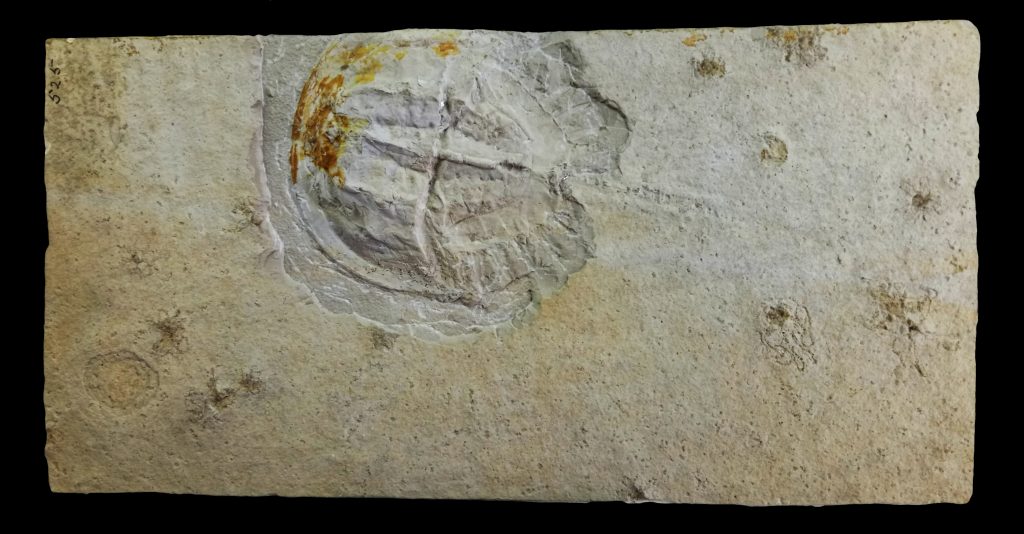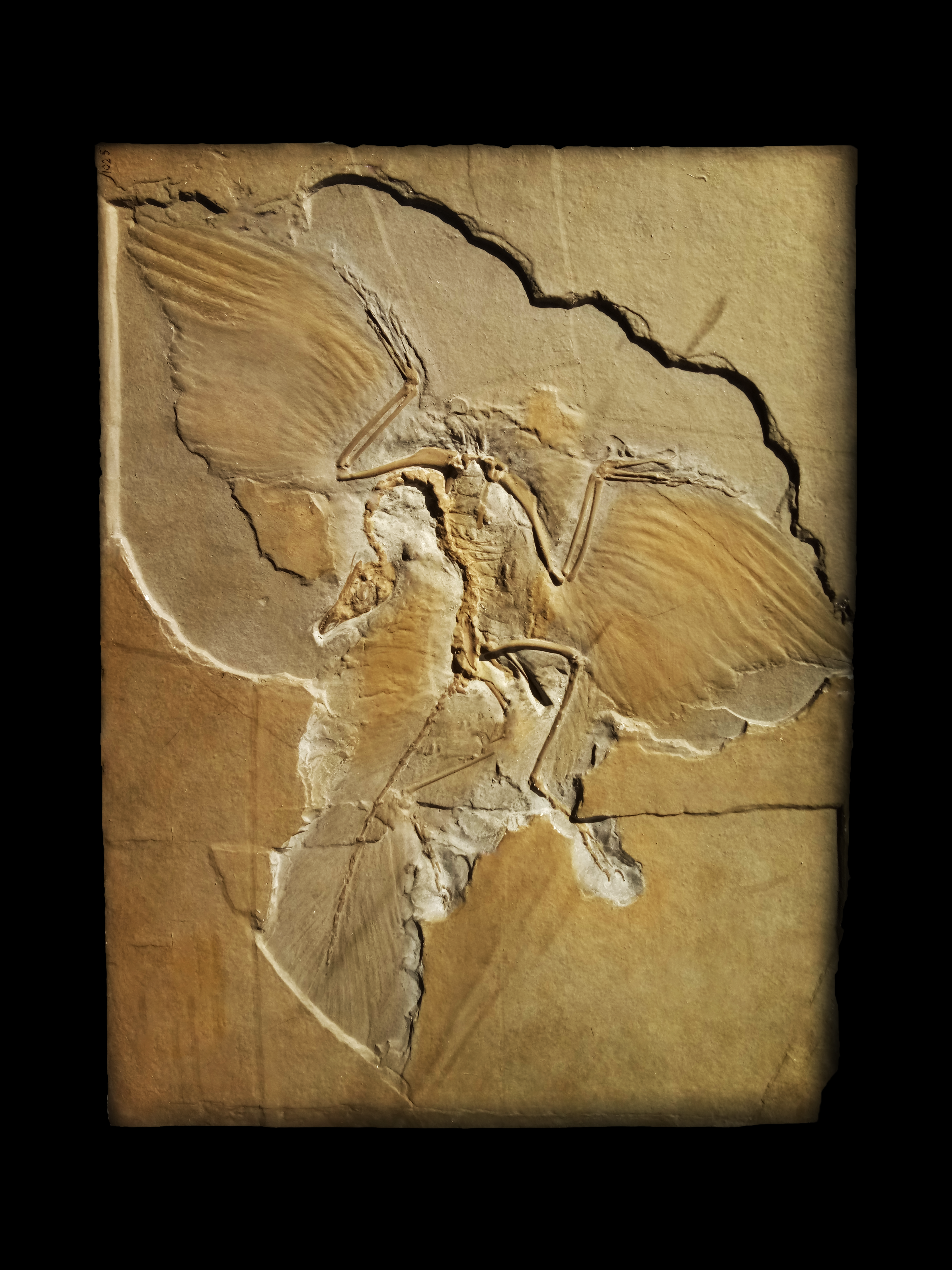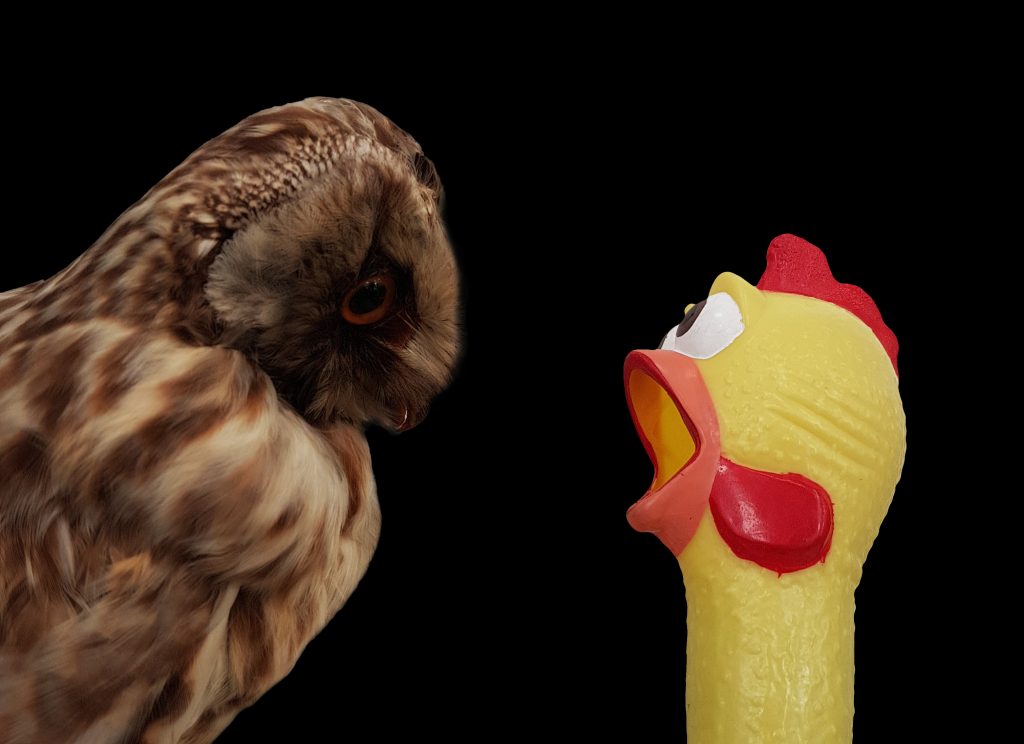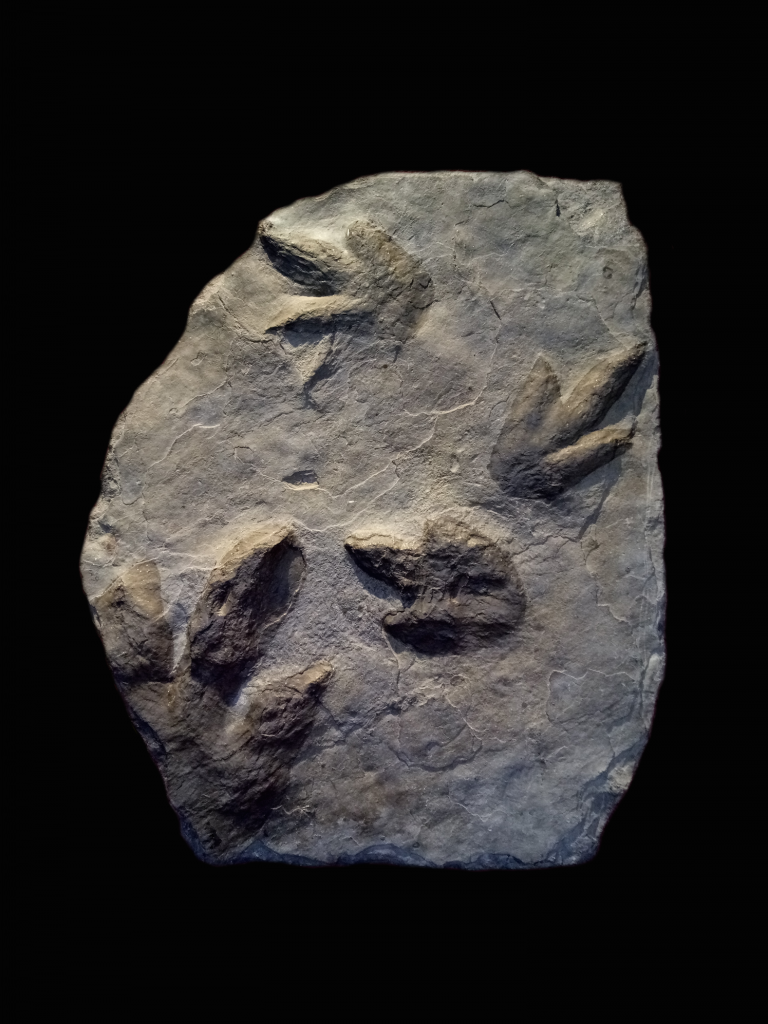
Birds are a unique group of creatures. They don’t seem to quite fit the bill for any other major group of animals with which we are familiar.
They are warm blooded, but don’t suckle their offsprings like mammals. They lay eggs, but have feathers instead of scales like reptiles. They don’t swim in the water and secrete slimy mucous all over themselves like amphibians. They have wings, but not segmented legs and shells like insects. They really are an unusual bunch.
It has long puzzled scientists how large flying animals first took to the air. By the late 19th century, dinosaurs achieved their celebrated status mostly due to the work of the rather aggressive palaeontologist, Richard Owen, who notoriously published many of his colleagues’ work as his own. He was known to have assembled a large collection of dinosaurs for the British Museum.
In Solnhofen, Germany, lies one of the most beautiful fossil beds in the world. In the age of the dinosaurs, the site was a shallow reef teeming with life. Horseshoe crabs skated along the bottom, fish roamed the waters, shrimps with weirdly long arms snapped at little seastar-looking floating crinoids, flying reptiles roamed the skies. As with many beautiful things, this rich collection of fauna did not persist for long. As the reef grew, it emerged from the ocean and formed small isolated pools of water. The fragmented habitats became increasingly salty and oxygen-poor, suffocating all animals that lived within them.

Fortunately for us, these conditions are ideal for the preservation of fossils. Animals that died on land and fell into the lakes were also remarkably well-preserved. Darwin was a contemporary of Owen. After the publication of The Origin of Species, Darwin was soon bombarded by criticisms from his colleagues about a missing link in his theory. If animals gradually changed over time into new forms, as his colleagues were quick to note, there ought to be intermediate forms between animals. Animals with wings would have evolved from animals without. The fossil record, however, appeared to be resolutely silent on these intermediate transitional forms. This conundrum became a painful source of embarrassment and anxiety for Darwin for a very long time. He wrote:
“Why then is not every geological formation and every stratum full of such intermediate links? Geology assuredly does not reveal any such finely graduated organic chain; and this, perhaps, is the most obvious and gravest objection which can be urged against my theory. The explanation lies, as I believe, in the extreme imperfection of the geological record.”
In 1861, just two years after the publication of The Origin, a key piece of evidence in the dinosaur-bird conundrum was found. A single fossil feather was found in Solnhofen. And perhaps a little prematurely, it was described as Archaeopteryx, meaning “old wing”. A final piece of the biggest puzzle in Darwin’s career was in place, demonstrating that descent with modification is the way in which life evolved on Earth.

In the same year, a complete skeleton of the Archaeopteryx was unearthed. It resembled a chimaera – an intermediate form between reptiles and a modern bird. It has a beautiful feathery plumage, at that time thought to be limited to birds, but it also has jaws lined with sharp teeth, and a long bony line of vertebrae in its tail. Archaeopteryx was not a modern bird, but it clearly was an animal that took to the skies, although there still is debate about how able a flyer it was. Thomas Henry Huxley proposed in the 1860s-1870s that dinosaurs were more like big, non flying birds than like lizards, and John Ostrom (Yale) discovered much evidence in support, and was an enthusiastic proponent (1970s-1990s). In view of Archaeopteryx, and the fact that quite a few dinosaurs were feathered, as now known from numerous finds in China, scientists are now convinced that birds not only are descended from dinosaurs, but are, in fact, dinosaurs.
Wesleyan’s natural history collection houses almost 200 taxidermy birds, many dating back to the late 1800s. We have engaged a professional preparator to restore the birds to their former beauty. Having sat in our collections since the 1800s, not always under the best conditions for preservation, many of the delicate specimens were crumbling with age, and notoriously challenging to restore. These marvellous avian dinosaurs will soon make their exodus from exile to various campus locations in a series of touring exhibitions. Get a sneak peak into these living dinosaurs!

The Wesleyan collections also house some of the finest of dinosaur tracks in the world, from the Connecticut River Valley, originally seen as tracks of giant birds by Edward Hitchcock in the 1830s. Recent studies used guinea fowls and ostriches as experiment subjects to study the tracks left by dinosaurs. The similarity between these tracks is astounding. The prevalence of these tracks in Connecticut, which has possibly the densest record of such fossils from the early Jurassic in the world, has seen the Eubrontes sp. being listed as the Connecticut State Fossil. Eubrontes was left by a large bipedal dinosaur, possibly related to Dilophosaurus, which would more appropriately be called a non-avian dinosaur..

In science, facts trump it all. Dogmas and laws get scoffed at and discarded in the face of new evidence. It is a bold practice that acknowledges the limits of human knowledge, and one that owns up to, and moves on from, its mistakes. Even veteran scientists are often confronted with new discoveries that fundamentally shift their worldview. Join us in childlike wonder in encountering oddities that will surprise you at every turn in the Joe Webb Peoples Natural History Museum on Level 4 of Exley.
Cover photo: Detail of the pennaceous feathers of Pharomacrus moccino moccino, the Quetzal, from Central America. Courtesy of Wisly Juganda ’20.
